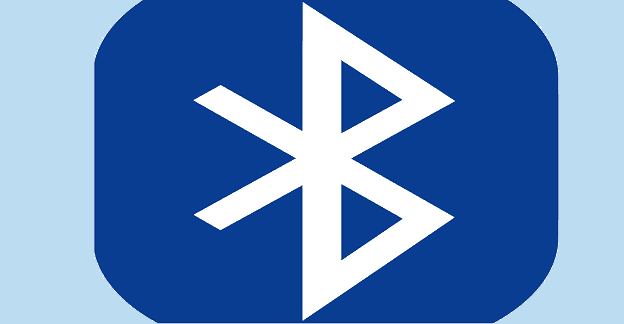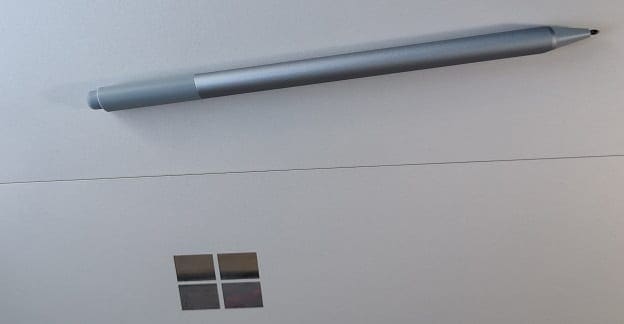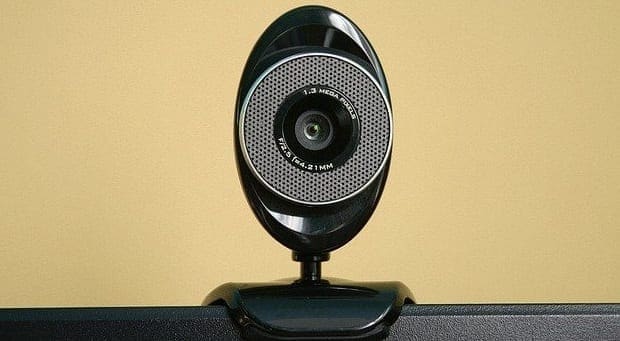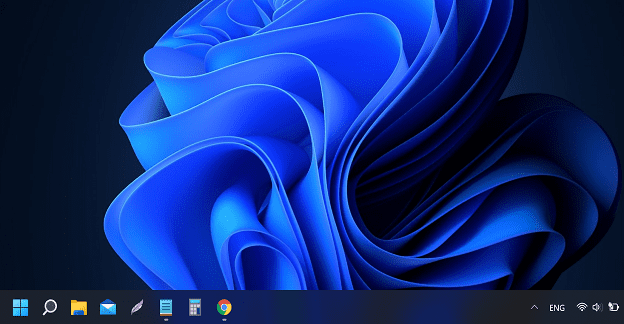A number of Internet Service Providers (ISPs) provide internet packages that have data caps. Going over your data cap often incurs a high fee. Windows includes a feature called “Metered Connections” which is designed to reduce the data usage of your computer to help you stay under your data cap. This guide will walk you through what a metered connection does and doesn’t do and how to configure one.
What is a metered connection?
A metered connection is a setting for network connections in Windows 10. It reduces the amount of data that Windows and apps downloaded from the Microsoft Store use. The data usage of third-party apps downloaded from the internet is not affected by this setting.
Enabling a metered connection disables the automatic downloading of Windows and app updates, although critical Windows security updates will still be downloaded. It is, however, possible to manually download updates still if you want to.
Metered connections also disable the peer-to-peer Windows update functionality. This feature uploads updates through your network connection, to make them available to other computers on the internet. Disabling this setting with a metered connection reduces the amount of data uploaded.
Live tiles on the start menu may stop updating or reduce how often they update over metered connections. Finally, some apps may behave differently, over metered connections, reducing or cancelling automatic downloads.
Setting a network as a metered connection doesn’t apply any sort of data allowance or monitoring. To do this you need to configure a data limit through the “Data usage” settings in the Network and Internet section of the Settings app.
Configuring a metered connection
To set a network connection as a metered connection you need to view the network connection in the Settings app. The methods of setting Wi-Fi connections and wired ethernet connections as metered are slightly different.
An ethernet connection can be configured to be a metered connection through the Ethernet page in the Settings app. To open that page directly, press the Windows key, type “Ethernet settings” and hit enter. You need to then click on the network name to open the network’s settings. Toggle the “Set as metered connection” to “On” by clicking it to set the network as a metered connection.
Tip: You need to be currently connected to the wired network to be able to set it as a metered connection. Setting one wired network as a metered connection will not affect any other wired networks.

To set a Wi-Fi network to be a metered connection you need to start from the Wi-Fi settings. To open the Wi-Fi settings, press the Windows key, type “WiFi settings” and hit enter. Click “Manage known networks” to view all the Wi-Fi networks that your computer is configured to remember.

Click on a network in your list of known networks and then click “Properties” to manage the connection.

From the network properties, enable the metered connection by toggling the “Set as metered connection” slider by clicking it.




How does one do this for a Bluetooth tethered connection?
The network status page shows “Bluetooth Network Connection” and below that says “If you have a limited data plan, you can make this network a metered connection or change other properties” but there is no where to select that option to make the change for Bluetooth.